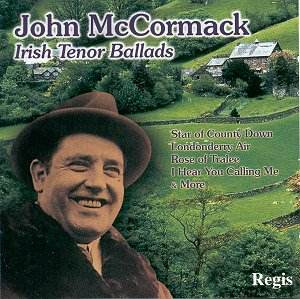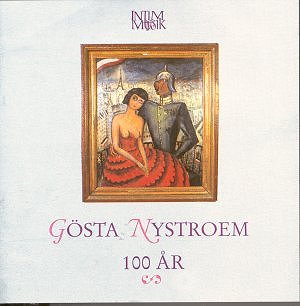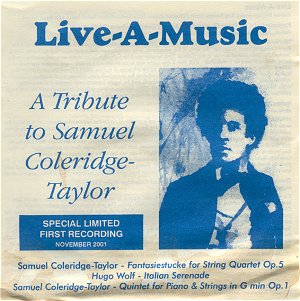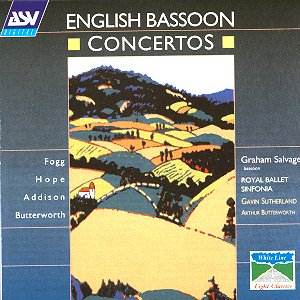 Composer: John McCormack
Composer: John McCormack
Works: McCormack Irish Tenor Ballads
Performers: John McCormack (tenor), Edwin Schneider (piano), Gerald Moore (piano)
Recording: 1916-1941
Label: REGIS RRC 1092
John McCormack, one of the most renowned tenors of the early 20th century, captured the hearts of audiences with his rich, emotive interpretations of traditional Irish ballads. This compilation, McCormack Irish Tenor Ballads, offers a glimpse into his artistry, recorded during a prolific period between 1916 and 1941. The selection features beloved songs such as “The Star of the County Down,” “Mother Machree,” and “When Irish Eyes Are Smiling,” showcasing McCormack’s ability to imbue each piece with profound emotional depth while remaining true to their folkloric roots.
McCormack’s performance exemplifies a consummate mastery of legato phrasing and breath control, with diction that is as clear as it is expressive. His tone ranges from a floated head voice to a resonant baritone, allowing for a nuanced exploration of the emotional landscapes within these ballads. Unlike many of his contemporaries who may have approached such repertoire with a more operatic flair, McCormack’s interpretations are marked by an intimate understanding of the songs’ intrinsic meanings. For instance, in “The Garden Where the Praties Grow,” he delivers the line “the image of me” with a teasing half chuckle, perfectly capturing the song’s playful spirit while simultaneously conveying a more profound sense of nostalgia. Such metrical subtleties—slightly altered note values and winning phrasing—demonstrate a thoughtful approach that elevates what might otherwise be considered simple melodies into vehicles of deep emotional expression.
The accompanying pianists, Edwin Schneider and Gerald Moore, provide a supportive yet vibrant backdrop that enhances McCormack’s singing. Schneider, who collaborated with him extensively, showcases an intuitive understanding of the tenor’s phrasing, complementing his lyrical lines with sensitive harmonies and rhythmic nuances. Moore’s later contributions, while at times revealing a slight fraying in McCormack’s vocal resources, still allow for moments of poignant beauty, such as in “Oft in the Stilly Night,” where McCormack’s shading of “sad memory” evokes a haunting quality that resonates powerfully with the listener.
However, the sound quality of the recordings presents a mixed bag. While some tracks, particularly those from the earlier sessions like “When Irish Eyes Are Smiling,” exhibit a certain charming warmth, they also suffer from a somewhat swishy texture that detracts from the clarity of McCormack’s voice. Additionally, instances of artificial stereo processing result in a hollow echo that is less than ideal for detailed listening. Despite these technical limitations, the sheer artistry of McCormack’s interpretations prevails, reminding us that the essence of his singing transcends such obstacles.
This collection, while perhaps not the definitive anthology of McCormack’s work, offers a generous selection that encapsulates his unique approach to the Irish ballad tradition. The emotional richness of his performances, coupled with the historical significance of the repertoire, makes McCormack Irish Tenor Ballads an essential listen for anyone seeking to understand the art of song interpretation in the early 20th century. The invitation to experience McCormack’s artistry is irresistible, for even in the face of production shortcomings, his voice continues to resonate with an enduring charm that captivates the heart.



